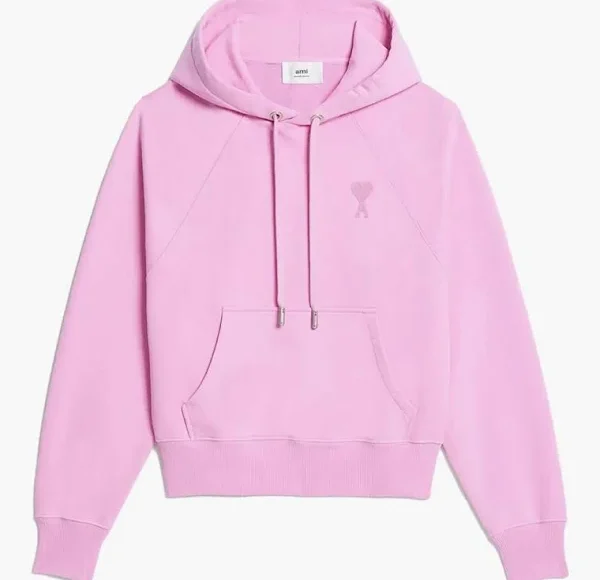T-shirt printing has evolved into a massive industry, supporting everything from fashion labels and merchandise to custom gifts and print-on-demand businesses. The method used to print a design onto a shirt significantly affects the final look, feel, cost, and durability of the garment. Whether you’re a budding entrepreneur or just curious about how your favourite graphic tee was made, it’s important to understand the different types of T-shirt printing methods available today.
Each technique has its own strengths and ideal use cases. Let’s take a detailed look at the most common and widely used T-shirt printing methods.
1. Screen Printing (Silk Screen Printing)
Best for: Bulk orders with simple designs and solid colours
Screen printing is one of the oldest and most popular printing methods. It involves creating a stencil (or screen), then using it to apply layers of ink onto the shirt’s surface.
Pros:
Excellent for large volume orders
Produces vibrant, long-lasting prints
Cost-effective in bulk
Cons:
Not ideal for detailed or multi-colour designs
Set-up can be time-consuming and costly for small runs
Screen printing is ideal for schools, corporate merchandise, and bulk promotional T-shirts.
2. Direct to Garment (DTG) Printing
Best for: Small orders, complex or colourful designs
DTG printing works like a regular inkjet printer, spraying water-based inks directly onto the fabric. This method is popular among small brands and custom T-shirt businesses.
Pros:
Great for detailed, full-colour designs
Soft finish with no thick layers of ink
No minimum order quantity
Cons:
Works best on 100% cotton shirts
Slower than screen printing for large runs
Colours may fade over time with frequent washing
DTG is perfect for artists, e-commerce shops, and one-off custom prints.
3. Sublimation Printing
Best for: All-over prints on polyester garments
Sublimation uses heat to transfer dye directly into the fabric, resulting in vibrant, permanent images that won’t crack or fade. However, it only works on light-coloured polyester shirts.
Pros:
Produces rich, all-over designs
Extremely durable and fade-resistant
No heavy feel on fabric
Cons:
Only works on polyester (or poly blends)
Limited to white or very light garments
Sublimation is often used for athletic wear, performance T-shirts, and fashion prints.
4. Heat Transfer Printing
Best for: Small batches, custom names/numbers, and home printing
This method involves printing a design onto transfer paper and then using heat (via a press or iron) to apply it to the shirt. There are different types of heat transfers, such as plastisol, vinyl, or inkjet transfers.
Pros:
Easy and affordable for beginners
Suitable for printing at home or on demand
Great for adding names or numbers to sports shirts
Cons:
Not as durable as other methods
Designs may crack or peel with washing
Heat transfer is widely used for personalised gifts and small-run promotional apparel.
5. Vinyl Cutting (Heat Transfer Vinyl – HTV)
Best for: Simple designs, slogans, or team uniforms
With this method, a machine cuts your design out of coloured vinyl sheets, which are then heat-pressed onto the shirt. It’s durable and works well on all shirt types.
Pros:
Great for lettering and bold graphics
Durable and flexible
Many colours and textures available (glitter, metallic, etc.)
Cons:
Not ideal for complex or full-colour images
Time-consuming for large runs
HTV is perfect for team jerseys, school uniforms, and personalised workwear.
6. Discharge Printing
Best for: Soft, vintage-style prints on dark shirts
Discharge printing uses a water-based ink that removes the shirt’s dye, replacing it with a new colour. The result is a soft, no-feel print on dark fabrics.
Pros:
Super soft finish with no ink buildup
Works well on 100% cotton
Good for vintage or distressed looks
Cons:
Colour results can vary depending on the fabric
Works best with dark cotton shirts
It’s ideal for fashion brands going for a subtle or worn-in aesthetic.
Choosing the Right Method
Your choice of printing method depends on several factors:
Order size: Screen printing is best for bulk; DTG and heat transfer work for small runs.
Design complexity: DTG and sublimation handle intricate, full-colour artwork well.
Fabric type: Sublimation requires polyester; discharge works best on cotton.
Budget: Heat transfers and vinyl are cheaper for small orders.
Durability: Sublimation and screen printing typically offer the longest-lasting prints.
Final Thoughts
There’s no one-size-fits-all when it comes to T-shirt printing methods. Each technique has its own place in the market depending on your needs, whether you’re starting a T-shirt business or creating custom gifts. By understanding the strengths and limitations of each method, you can make an informed decision that results in high-quality, professional-looking garments every time.
If you’re unsure where to start, testing a few methods with sample prints is a great way to determine what works best for your brand or project.















Leave a comment